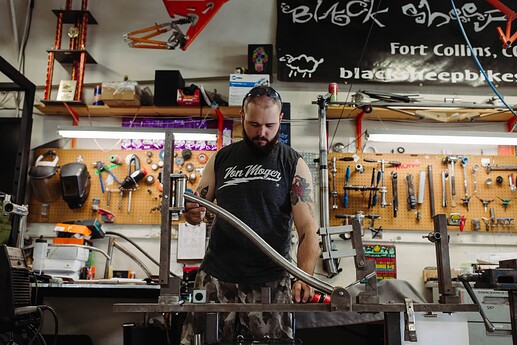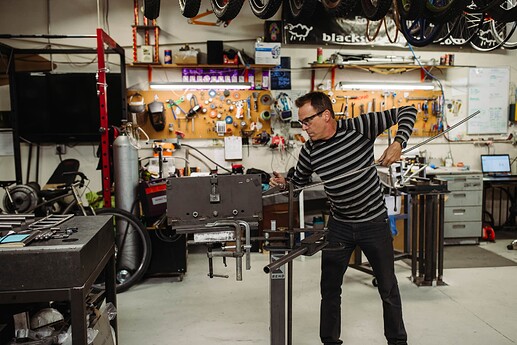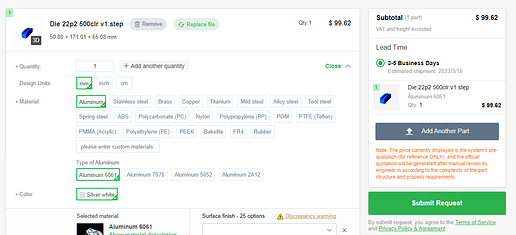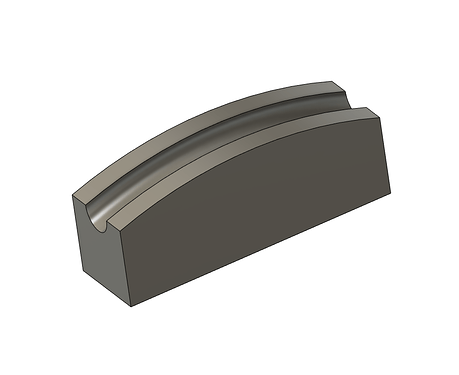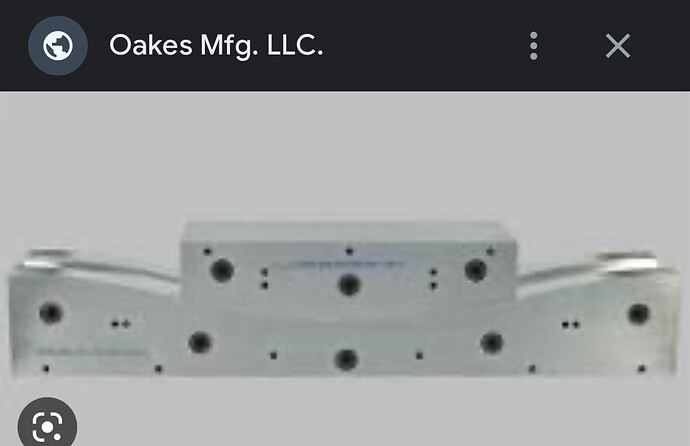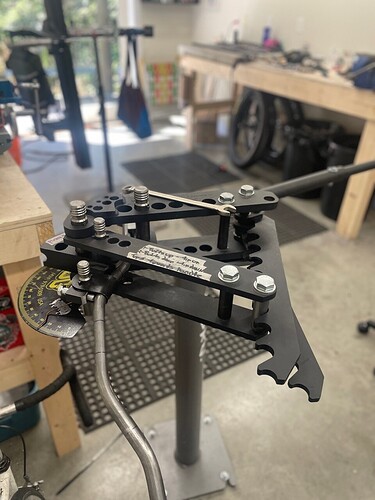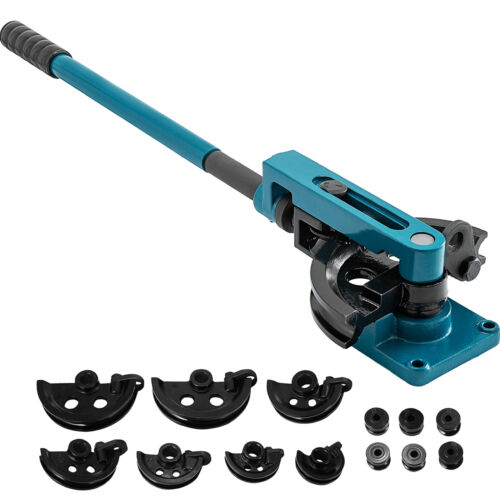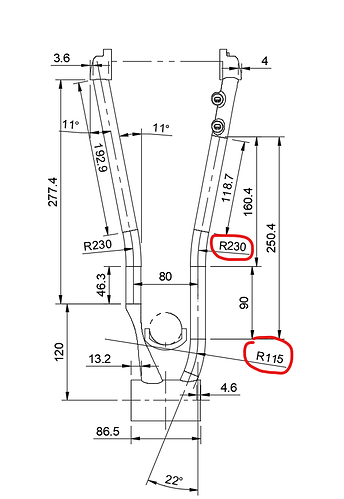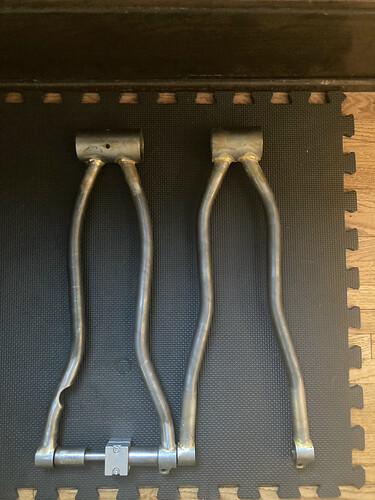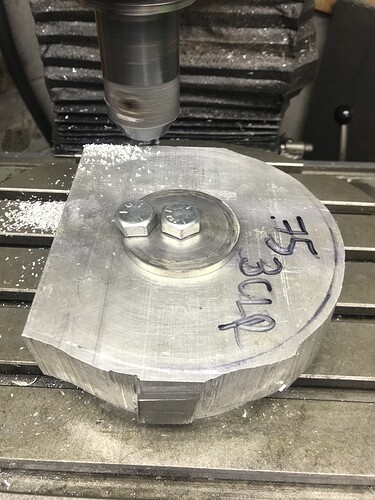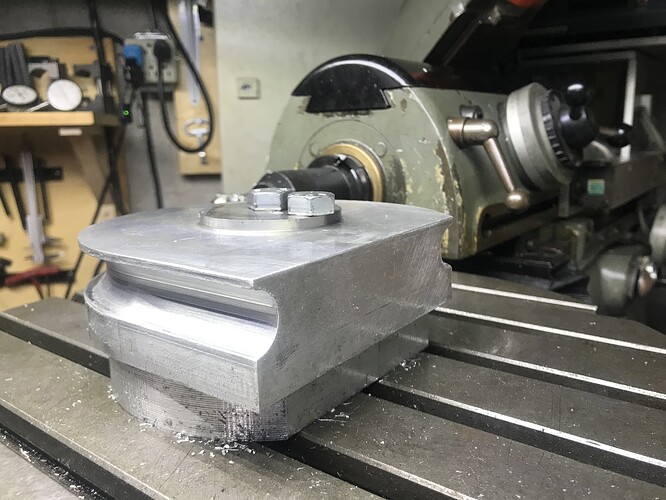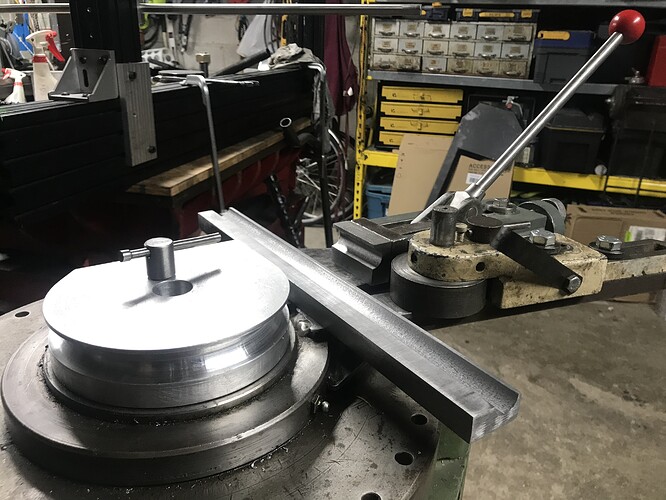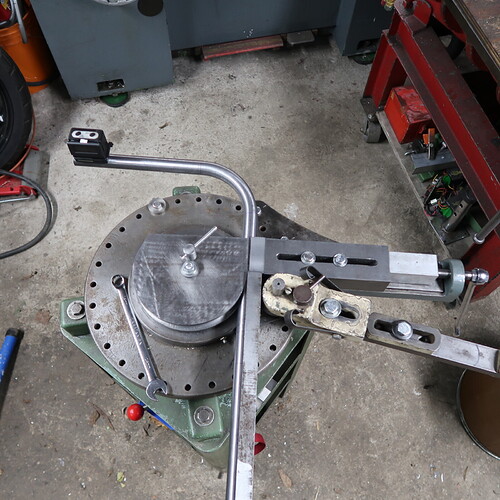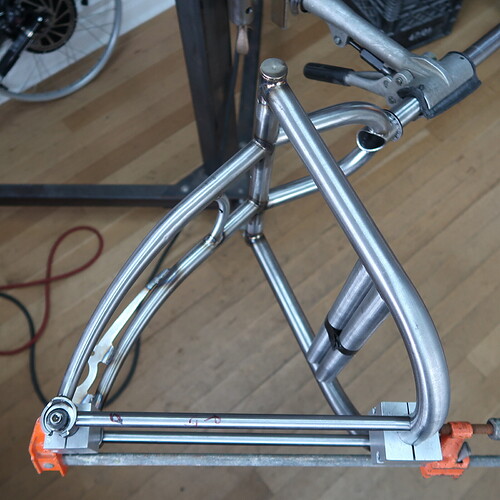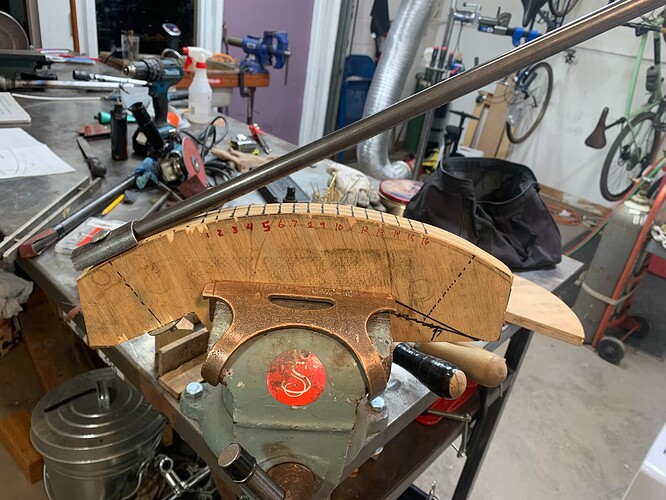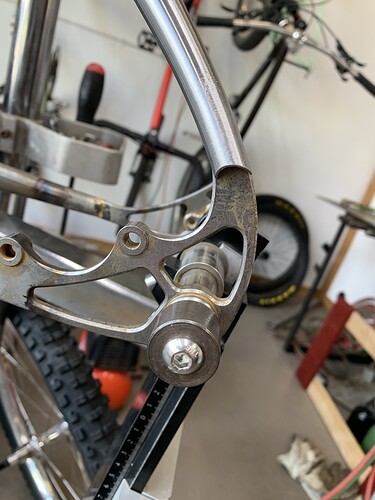I didn’t find any thread specifically about bending tubes, so I thought I would start one because I have quite a few questions. Feel free to move it or join it to another if it’s more appropriated. I separated my questions so that people can answer specifics and not search thru a wall of text.
1. Benders (types, brands, etc.)
First I’m curious to see people’s bending setups, what benders you’re using for what purpose and why. Myself, in the longer term, I would be interested in bending racks, handlebar and frame tubes. Doing some research, it seems like this would require 3 different benders: one for small diameter rack tubing, one with relatively tight radii for handlebars, and a third one for big swoopy frame tubes.
Tube benders such as the Pro-Tools or JD2 seem to be the ones I see more often:
Pro-Tools bender
From the few different models I found, these can generally bend tubes from 1/2" up to 2", with radii ranging from 3" to 7.5". This would technically cover both handlebar and frame tubes, although I feel one could want bigger radii for frame tubes for more gentle curvatures. I only say this based on me fooling around on BikeCAD making crazy bendy frames for the heck of it. I tried using common bend radii (Cobra Toob Bender as a reference) but in some cases I didn’t like the look of the a tighter radius, so I would just end up putting random radius numbers until I liked how it looked, sometimes getting to ridiculously big radii like 1000mm. I know you can have custom dies made, I believe Cobra do it, but if I want to make crazy swoopy frame tubes à la Oddity or Blacksheep, would a manual bender like the Pro-Tools be able to accommodate such big radii?
Another bending method I know about and used during my internship at T-Lab (Montreal Titanium frame manufacturer), is to use a hydraulic press with custom-made mold. They would CNC’d the mold to their specs and all I had to do was to take the straight tubes, put them in the mold and press 'em. This was actually pretty efficient and good for repeatability, but seems like a pricey setup. Not the press itself, but for the CNC’ing and being limited to specific molds.
2. Custom dies
Back to manual benders: if getting into custom dies territory, how do you know the limits? I tried finding info about minimum radii for a given tube OD and wall thickness and did found a rule of thumb, but it seemed to be for industrial use and may not be applicable to bike tubing. Even looking at the Pro-Tools die chart, the minimum wall thickness they recommend for all tubing OD is .049". So, without having do to a bunch of trial and errors with custom-made dies, how do you find the sweet spot? Do you just stay relatively conservative to make sure? Are there maximum bend radii?
3. Handlebar specifics
Lastly, I know one of the main problem with bending handlebars is the distance between the bends. I tried to model a simple riser bar on Fusion360 and quickly realized that this can be an issue depending on radii and bar design. Playing around with it I ended up with a workable model, but it got me thinking that there must be some kind of equation to find out the minimum bends distance? I imagine that the type of bender will also have an influence on that distance.
For single bend handlebars, like a bullmoose for example, again one could want bigger radii. In 3D, a 9" radius (biggest radius offered with the Cobra bender) looks nice on a bullmoose, but I’m not sure how well it translates in the real world. Anybody used the Cobra bender for a similar handlebar?
I probably have more questions but I’ll just start with that to get the ball rolling. Any insight is greatly appreciated!
